In northwestern Colorado, the Yampa River runs free for almost all of its 300 miles before joining with the Green River in Dinosaur National Monument, bound for the Colorado River. Notably, the Yampa is one of the few western rivers that retains its natural hydrograph, and is the last major free-flowing river in the Colorado River Basin.
A new film by OARS, Friends of the Yampa, and American Rivers shows how conservation efforts on the Yampa can serve as a blueprint for protecting rivers both throughout the Colorado River basin and beyond.
Preventative and proactive action is key in the fight for the Yampa River
The Yampa is often touted as one of the best river floats in the west, with a scenic route through Yampa Canyon, class V-VI whitewater in Cross Mountain Gorge, and a whitewater park in Steamboat Springs. But like all rivers, the Yampa is important far beyond its utility for recreation.
“It contributes to about 17% of the Colorado River flows, and it also is the biggest contributor to the native fish population in the Colorado river system,” shared Lindsey Marlow, Executive Director at Friends of the Yampa. “The native fish come all the way up from the Lake Powell area to the Yampa River to spawn.”
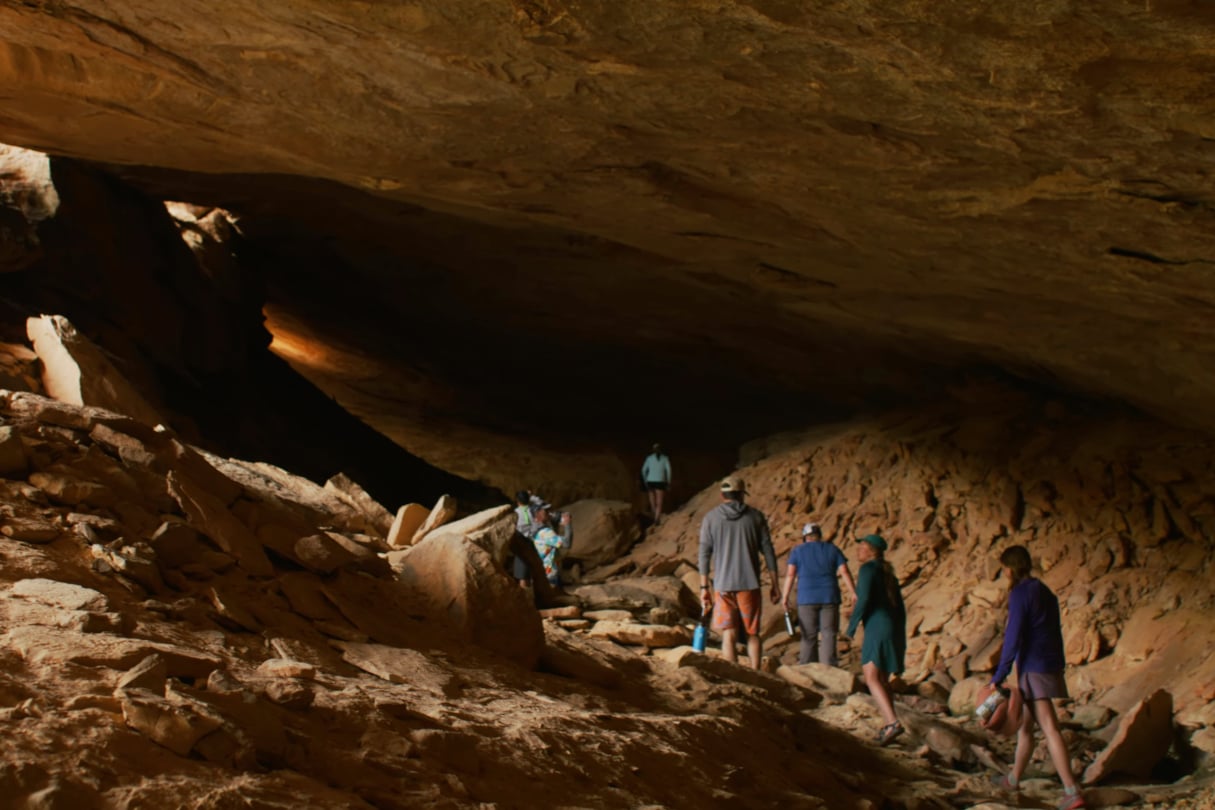
There aren’t any active threats to the Yampa River. There’s no proposed dam and no tangible big bad guy to point a finger at.
“By the time a big threat comes about, by the time we learn about it, it can be too late,” shared Mike Fiebig from American Rivers in the film. “The folks that are actually looking to dam, divert or degrade a river have invested a lot of time and energy and politics into it.”
In A Guide To Fighting For Wild Rivers, OARS, American Rivers, and Friends of the Yampa invite people with the ability to affect change for the Yampa on a rafting trip.
“It’s relatively easy to tell a story when there’s a special place and there’s a clear threat to its future and a success story. That makes for a nice, well-packaged story. It’s harder to tell that story when there’s not a clear threat to the river,” shared Steve Markle, Vice President, Sales & Marketing at OARS. “The film came about as a way to share to a much more broad audience what we’ve done with American rivers and Friends of the Yampa and I do feel like it’s a model that is replicable and we’d like to see happening on more rivers.”
Why river trips might be the key to protecting rivers in the long run
The story of preventative action told in Guide To Fighting For Wild Rivers aims to challenge the idea that an environmental story isn’t compelling until it’s a catastrophe and tackle the question of how to get people to care about a river before it’s too late. The Yampa is a source of freshwater, a haven for native fish, and one of the last western rivers to retain its natural, wild topography; the film proposes that the way to protect the wildness of rivers like the Yampa is to personalize it by bringing people out on to the river to experience it themselves.
“I think inherently as a human you can only worry about so much in life. It’s a natural tendency to worry about the things you know,” shared Marlow, from Friends of the Yampa. “To get people to care, to truly care enough to act, it is important to bring them to those spaces, to not just show them but to immerse them in the beauty that these spaces can bring and that is what this trip is.”
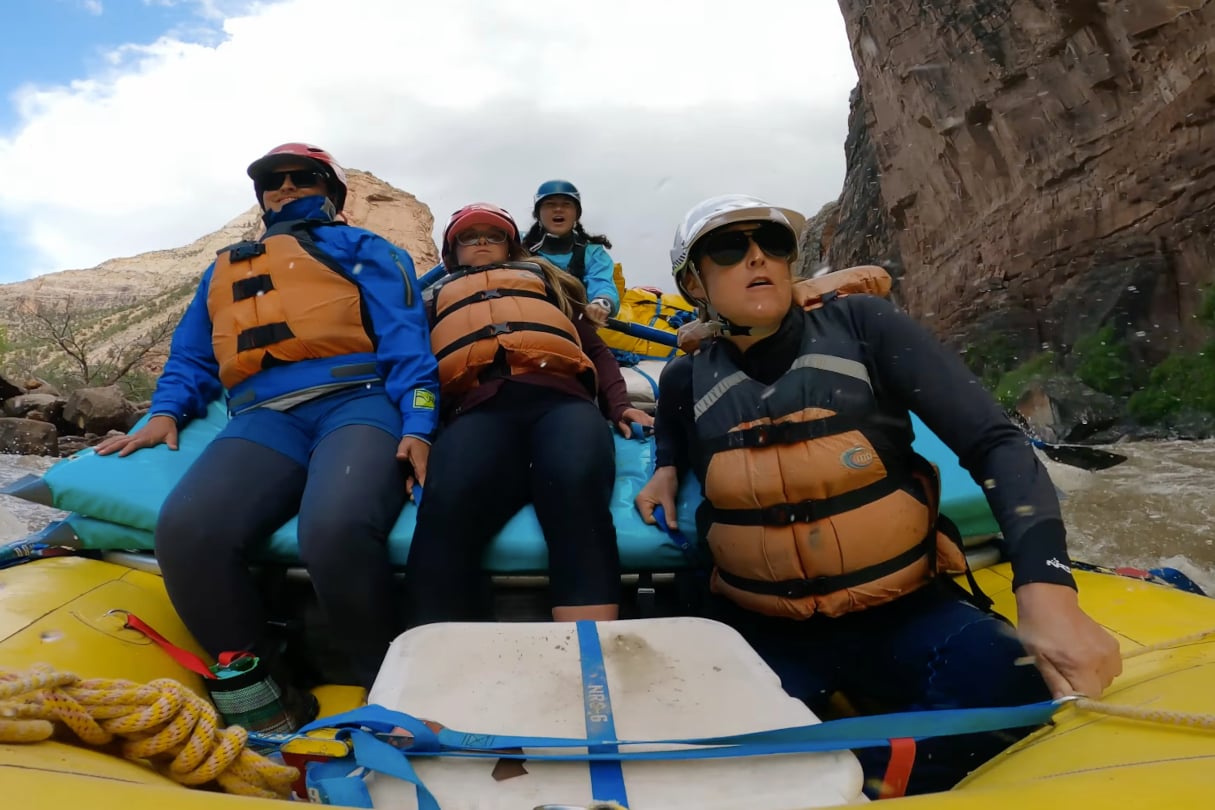
The Yampa river trips are part of the Yampa River Awarness Project which originated in 2008 in response to a possible pump back on the Yampa River to the Front Range. The people invited on the trip include politicians, river managers, scientists, artists and journalists— potential key players in the future of river advocacy.
“One of the most important aspects of the trip is that you can bring people from different sides of the aisle, different walks of life out on a river and it’s much more civilized to disagree face to face,” Markle explained. “You know it’s easy to disagree online or on board rooms but when you’re on a river enjoying a place like the Yampa… rivers just have a way of bringing people together and having more constructive conversation.”
To stand at the edge of wilderness and look in
In A Guide To Fighting For Wild Rivers, the filmmakers have found and outlined a blueprint for protecting wild spaces based on what has worked in the past in a six-point plan.
The first point is to be proactive, as threats to a river like proposed dams and diversions are often harder to stop when the movements behind them are fully-formed. Second, the film recommends teaming up, as multiple organizations working together have more resources. The following steps include connecting decision makers to the river, building special moments and memories around the river, and sharing the stories of time on the river with the public. The sixth and final step is to simply keep it wild.
A multi-day river trip might be an effective way to create and inspire advocates for a river, but realistically that kind of trip isn’t accessible to many, even most Americans.
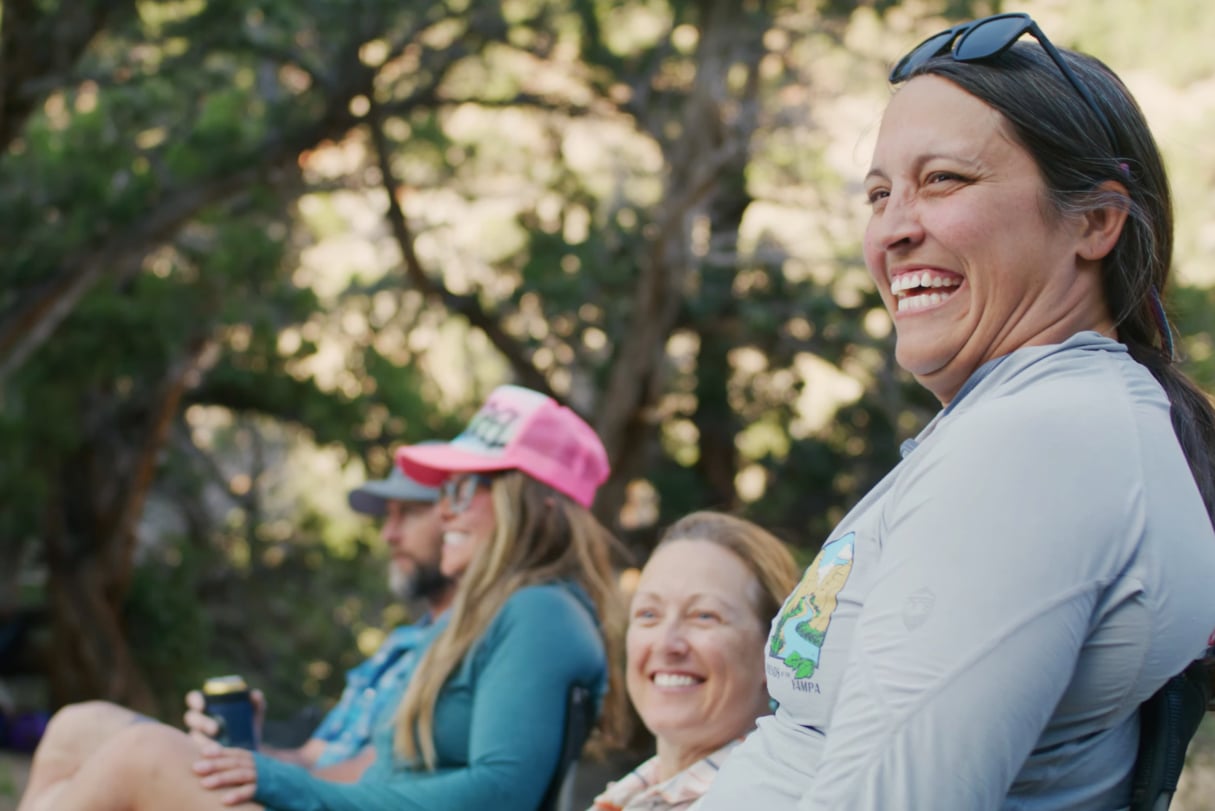
“Not everybody can get out to these places, right? But that doesn’t mean that they don’t care about it,” shared Sara Porterfield from Trout Unlimited in the film. “You know, Wallace Stegner, he spoke about how wild places are really important even if we only go to the edge and look in.”
The final aim of A Guide To Fighting For Wild Rivers is to share that slice of the Yampa River, a window into the wilderness with the general public.
“We know we can only reach so many people in the form of getting them out on a river trip. The films are another way for us to share what we love about these places,” shared Markle.
Featured Image: OARS



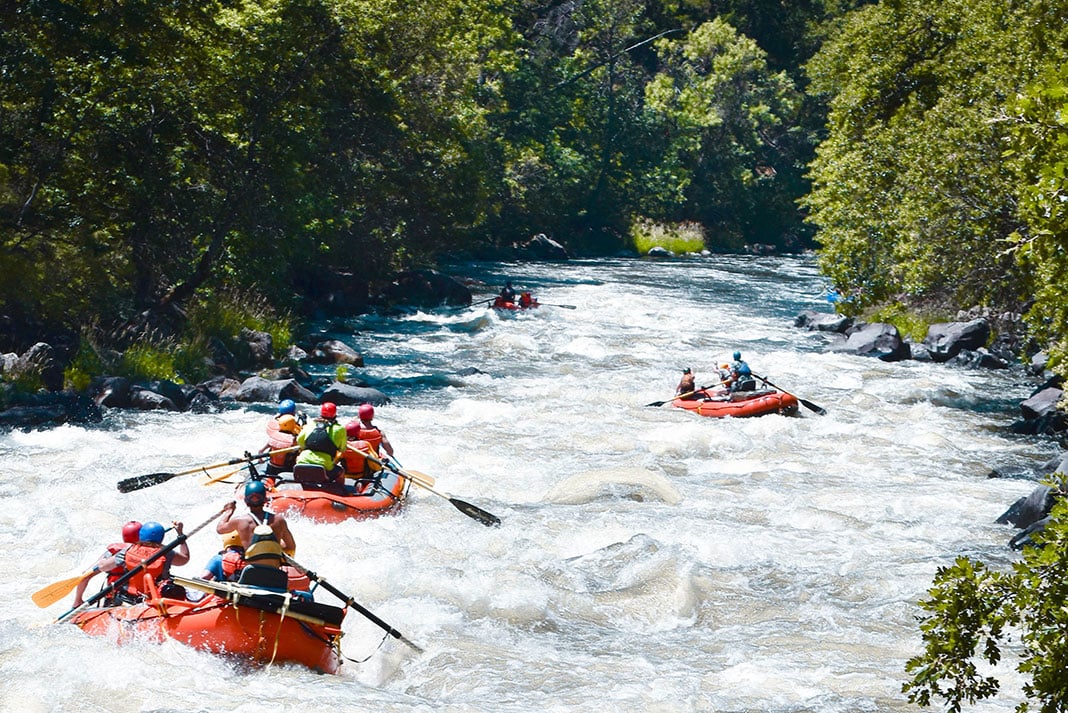
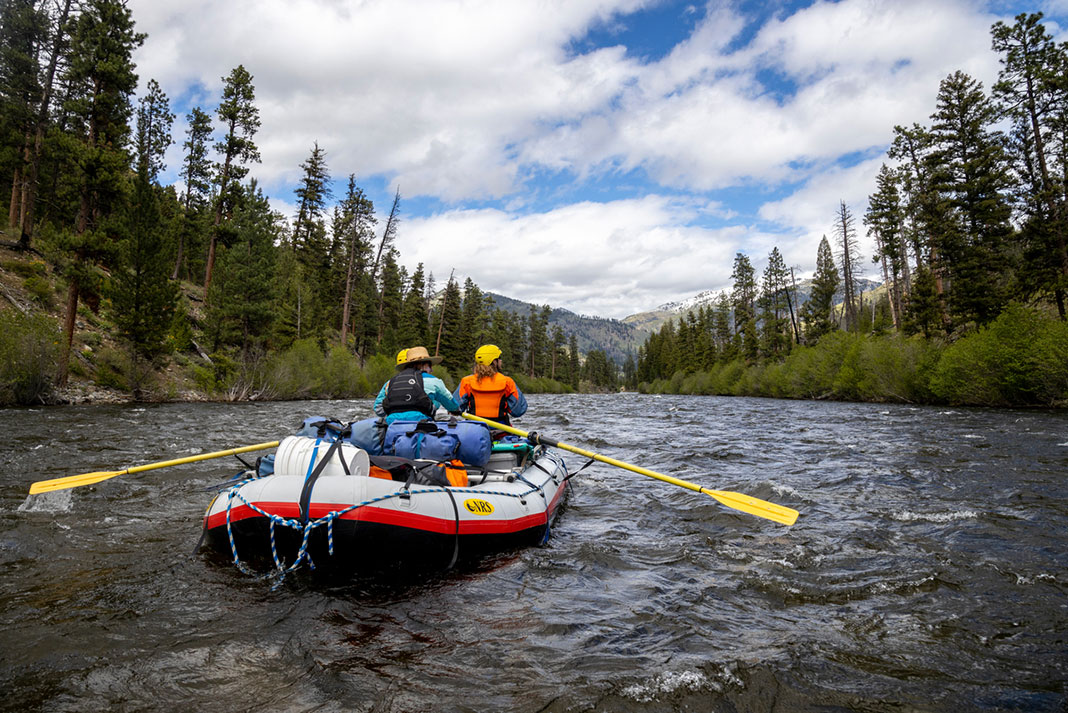

Bob Marshall here, I run the Facebook Page ‘Friends of Dinosaur National Monument’ – may we post this on our page?